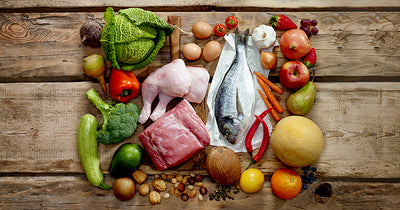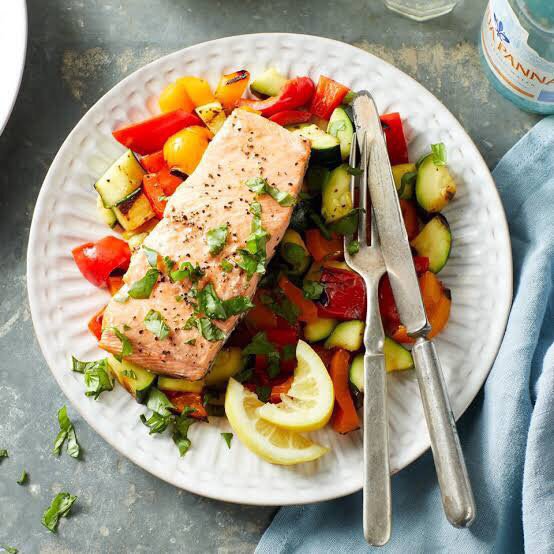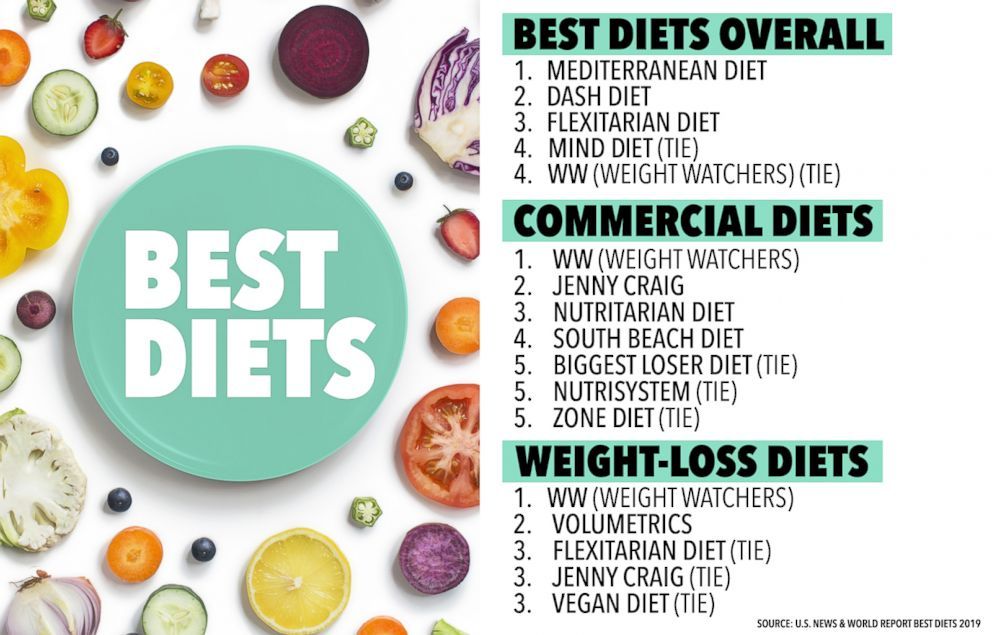
The controversial question of whether the Paleo diet can help prevent heart disease is still being debated. While many people accept the benefits of this diet, some studies have shown that it can increase your risk of heart disease. The diet's effects on arterial distensibility (or insulin resistance), plasma insulin levels during oral glucose tolerance tests, total cholesterol, LDL and triglycerides, as well circulatory metabolism, were studied by researchers.
Increased chance of developing heart disease
A new study found that Paleo significantly raises levels of a blood indicator linked to heart disease. Trimethylamine n-oxide (TMAO) is a naturally occurring organic compound produced in the gut. The Paleo diet was found to have higher levels of TMAO in comparison to traditional Australians who followed a similar diet. An increased level of TMAO is associated with a higher risk of developing heart disease.
Researchers from four different Australian institutions found that participants on the Paleo diet had elevated levels of a compound linked to heart disease. Trimethylamine Noxide is a compound that bacteria produces in the gut and is associated with the development of heart disease. Paleo diets have been shown to be more beneficial than those that eat carbohydrate-rich diets. But further studies are needed to confirm this.
An increase in the risk of inflammation
The Paleo diet has been linked to heart disease. Paleo eaters have higher levels of interlukin-10 which is a signaling molecules released by immune cells. Researchers believe that a lower interlukin-10 level could predict a higher rate of heart disease. Although high levels of interlukin-10 could counter inflammation and protect blood vessels from damage, more research is needed to confirm this relationship.

Paleo means that you avoid grains, legumes, vegetable oils, and other processed foods. It is an excellent base for many heart-healthy diets. However, it is high fat. It can contain both saturated and non-trans fats. And it is expensive. Paleo can be expensive for some because of the high amount of meat and dairy. For those with lower incomes, the high price of these meats could be deterring.
Risquer disease in the kidneys: Increased risk
Health nuts love the Paleo diet, but there are concerns. This diet is high in cholesterol and emphasizes meat. Moreover, the Paleo diet discourages the consumption of refined sugars, which are loaded with empty calories. These sugars have also been linked to obesity as well heart disease and diabetes. The Paleo diet discourages legumes but encourages meat.
The Paleo diet not only increases fiber intake but also lowers waistline. High levels of fiber help lower cholesterol. Egg yolks are a common food source of phosphorus and should be avoided. High-quality protein is a better option for your kidney health than egg yolks. Water intake can also help lower urine protein levels. However, kidney disease can still be a problem.
Increased risk of heart disease in women
Paleo has gained popularity for many reasons. It's a combination of the Mediterranean and Nordic diets. Because it has a high amount of animal fat, it is also high in trans and saturated fats. High beef intake is also associated with an increased risk of heart disease. Paleo is not right for everyone and can be costly for those with low income.
Studies have shown that both cholesterol and saturated fat are not linked to an increase in the risk of heart disease among Paleo-style women. While Paleo does allow for some elimination of junk food, it does not eliminate saturated fat. Recent research on the nutritional links between heart disease and saturated fat found that there was not enough evidence to link saturated oil to heart disease. Paleo is a diet that includes fewer foods than the normal diet, but it still contains plenty of vegetables.
Effects on the gut bacteria

A new study suggests that Paleo diets may reduce the risk of obesity and heart disease. The researchers compared TMAO levels among people who ate Paleo versus those who didn't. High-protein diets support the growth of good bacteria, while reducing the number pathogenic microbes. A high-protein diet may increase your risk of developing chronic diseases, decrease your gut health, or cause micronutrient deficiencies.
Researchers also discovered a strong correlation between TMAO levels in blood and a person’s diet. The results showed that a greater intake of animal-based proteins, such as fish and meat, led to an increase in TMAO levels in the blood. The blood levels of TMAO in the blood of participants was nearly twice that of those who were not involved in the study. The researchers also found that vegans had lower TMAO values than paleo-dieters. Further, the researchers found that TMAO levels were significantly reduced when the participants took carnitine supplements.
FAQ
What equipment do I need to cook?
No, you don't need any special equipment to learn to cook. However, having the right tools can make cooking easier. You could, for example, use a spoon to make pasta or a whisk to whip the egg whites into stiff peaks. The right tools make cooking easier and faster.
What should a beginning cook learn first?
For beginners, it is best to begin with something simple like pasta, rice or soup. For those who want to learn how cook, a recipe book is a good option. It's much more fun to cook with someone you know. Cooking together is fun with family members or friends.
What can I learn about cooking?
You can find cooking classes all across the country. Many schools offer courses in baking, pastry, and wine tasting. If you want to learn more about cooking, you can enroll in a class at a local community college or vocational school, or attend one offered by a private institution.
Statistics
- According to the BLS, chefs earn $58,740 a year. (learnhowtobecome.org)
- under 10 Kids have been taught that there is special food just for them, and Fiese says that 10 percent of kids will throw a tantrum if they don't get the food they want. (washingtonpost.com)
- The median pay for a chef or head cook is $53,380 per year or $25.66/hour, according to the U.S. Bureau of Labor Statistics (BLS). (learnhowtobecome.org)
External Links
How To
How to make a perfect eggroll
Omelets have always been a favourite food to eat for breakfast. How do you make them perfect? I've tried many different methods and recipes, but none of them seem to work! So today, I want to share some tips and tricks with you so you can make your own delicious and fluffy omelets every morning.
We should first know that eggs are very temperamental ingredients when making omelets. The eggs must be fresh from an organic source and kept at room temperature until they are ready to be cooked. The yolks and whites will not form properly if they aren't kept cold enough. This makes your omelets look weirdly colored. If you plan to cook the eggs right away, it is best to use room temperature eggs.
You might also try separating the egg before adding to the pan. You don't want the white to get mixed with the yolk, as this could cause the egg to curdle.
You might burn the bottom of the egg if you place the egg directly on the stovetop. This could ruin the texture of your omelet. Instead, microwave the egg for 10 seconds before adding it to the pan. The microwave heat is sufficient to cook the egg without overcooking.
Let's now talk about mixing eggs. You want to mix the eggs thoroughly before you add them. You can do this by turning the bowl of your mixer upside down. Now shake the bowl vigorously. By doing this, the egg is thoroughly mixed with the air in the bowl.
The fun part begins - you need to pour the milk into your mixture. Pour half the milk into the beaten egg mixture and then fold in the eggs. Do not worry if you see streaks of egg; they will disappear when the omelet is flipped.
After you have folded your eggs, heat up the oil on medium heat. Wait for it to get hot. Add 1/4 cup butter to the oil and swirl it around to coat all sides of the pan. Next, carefully open the lid and sprinkle salt into your pan. The salt will help to prevent the omelet's sticking to the pan.
Once the omelet has formed, cover the pan again and wait for the top side to set completely. Use a spatula to flip the omelet or turn the pan upside-down. Cook the other half for another minute. Serve the omelet immediately by removing it from the pan.
This recipe is best when used with whole milk. But, you can use skimmed milk as well.